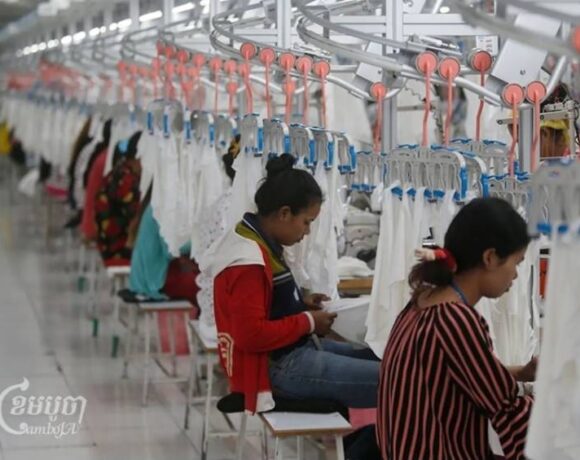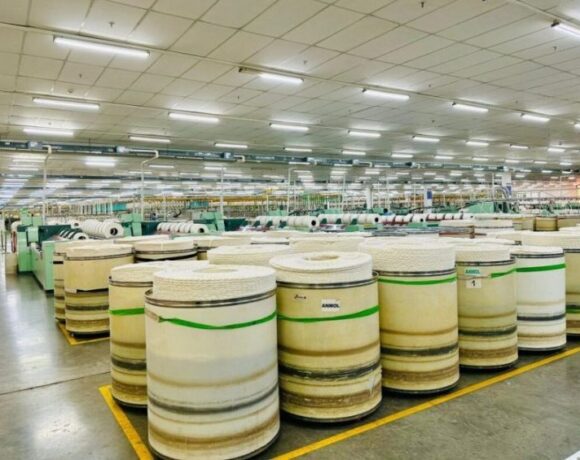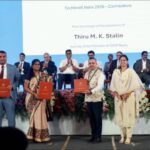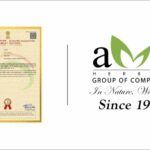Bangladesh’s Leap From Poverty To Textile Powerhouse
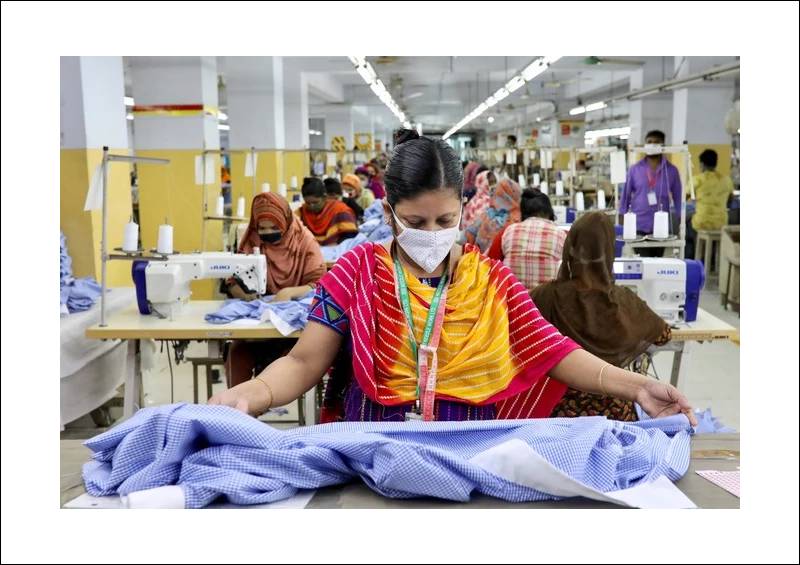
Bangladesh’s economy was in ruins in the early 1970s. It had just won its independence from Pakistan in a nine-month war. It emerged as a very poor, densely populated country largely dependent on jute production and subsistence farming but unable to feed its people.
“In 1974, it fell into a devastating famine. A World Bank economist visiting the western part of the country around that time described it like the morning after a nuclear attack,” Femi Akinrebiyo
Global Manager, Manufacturing Investment & Trade Supplier Finance, International Finance wrote.
Then, less than a decade later, a government campaign to attract foreign investment paid off and Bangladesh set off on a path that would transform it from an agricultural economy into an industrial powerhouse.
“Textile and apparel manufacturing sparked what can only be described as a miraculous economic and social rebound that developing countries today try to emulate,” Femi Akinrebiyo wrote in an article published by the World Economic Forum (WEF).
Bangladesh’s shift to market-oriented policies, which included privatisation of industries and trade liberalisation, led to a surge in garment exports. Ready-to-wear clothing became the engine for growth and cotton t-shirts, pants, pullovers and denim became its sweet spot.
During the past 10 years, Bangladesh has grown its economy into the 35th largest in the world, cut its poverty rate in half and put millions of its citizens to work.
In the decade before the COVID-19 pandemic, the economy grew at a blistering 7 percent annually and per capita gross domestic product (GDP) rose to about $2,500, surpassing even neighbouring India.
That kind of track record is the envy of up-and-coming African economies today. There is no one-size-fits-all recipe for industrialising but countries with large, low-cost workforces, ample renewable resources and preferential trade agreements have most of what it takes to build the next generation textile and apparel power.
And unlike Bangladesh, Africa has the added advantage of homegrown cotton. To put that into perspective, in 2022, Bangladesh manufactured 20 percent of the world’s cotton t-shirts valued at $9 billion, even though it grew less than 2 percent of the cotton.
It’s perhaps a happy coincidence that Africa’s interest in expanding its apparel industry coincides with Bangladesh’s ambition to diversify away from single-sector dependency. Ultimately, Bangladesh aims to graduate into a high-income country by 2041.
Right now, though, 84 percent of Bangladeshi export revenues come from apparel alone, thanks to a remarkably successful industrialisation policy that included, allowing duty-free imports of machinery in export zones and negotiating preferential trade agreements with the United States and Europe.
The strategy, for which Bangladesh is renowned, led to the creation of a sophisticated garment sector that employs four million people in more than 3,500 factories and exports goods worth $43 billion to 167 countries.
Cutting, sewing and assembling clothing is hard and tedious and export-led growth models relying on cheap labour don’t last forever. In many respects, it’s time for Bangladesh to pass the apparel ready-to-wear torch and climb up the value chain into more complex clothing lines.
The apparel industry is dominated by a largely female labour force who have benefited from the economy’s growth far from the factory floor.
Programmes such as Better Work and Gender Equality and Returns, a collaboration between the International Finance Corporation (IFC) and the International Labour Organization have improved working conditions, improved gender diversity and created managerial opportunities for women.
The societal impact of this shared prosperity is profound. Three-quarters of Bangladeshi women are literate; they are more likely to receive an education, get a higher-paying job and have healthier children than most of their regional neighbours.
With a bit of help from the international community, the social and sustainability benefits of development will transfer to the next cluster of garment manufacturing countries.
In 1978, the Bangladeshi company Desh Garments Ltd and South Korea’s Daewoo signed a collaborative manufacturing agreement. Korean companies were outgrowing the textile and apparel industry.
They recognized that Bangladesh’s cheaper labour force could help them expand their international reach with affordable clothing brands while they concentrated on expanding into more diverse, complex and higher-value industries.
The arrangement was a win-win. Bangladesh’s GDP grew from $18 billion in 1980 to $460 billion in 2022 and it is today among the world’s most important textile and apparel exporters.
Now, IFC is helping to accelerate what may be the next great industrial transformation. This evolution looks southward toward Africa, where circumstances are ripe for sustainable and inclusive industrialisation.
Programmes such as the African Growth and Opportunity Act (AGOA) already provide duty-free access to US markets and businesses in Kenya, Egypt, Ghana, Ethiopia, Madagascar and others and have become part of the supply chain for Tommy Hilfiger, Uniqlo, Children’s Place, Calvin Klein and Walmart.
In Morocco, which is just a short hop from Europe, companies are manufacturing for brands such as Zara to supply the European market.
To support this historic supply chain transition, IFC sponsored a road show in June 2023 that brought African manufacturers to Bangladesh and Sri Lanka to explore opportunities for cross-regional manufacturing partnerships.
Already, some deals have been arranged. Africa is poised for many more investments that can drive sustainable, resilient and profitable economic development and perhaps spark a new era of tiger economies in Africa.


